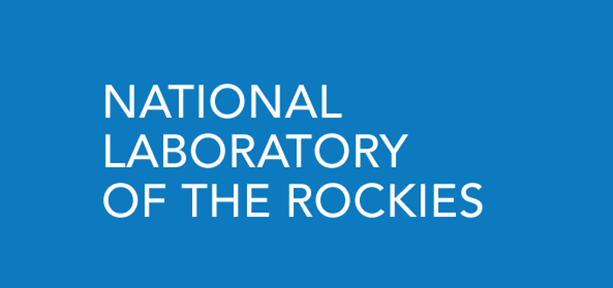Integrated Biomass Supply and Logistics Model (IBSAL)

Abstract:
The Integrated Biomass Supply & Logistics (IBSAL) model is a dynamic (time dependent) model of operations that involve collection, harvest, storage, preprocessing, and transportation of feedstock for use at a biorefinery. The model uses mathematical equations to represent individual unit operations. These unit operations can be assembled by the user to represent the working rate of equipment and queues to represent storage at facilities. The model calculates itemized costs, energy input, and carbon emissions. It estimates resource requirements and operational characteristics of the entire supply infrastructure. Weather plays an important role in biomass management and thus in IBSAL, dictating the
moisture content of biomass and whether or not it can be harvested on a given day. The model calculates net biomass yield based on a soil conservation allowance (for crop residue) and dry matter losses during harvest and storage. This publication outlines the development of the model and provides examples of corn stover harvest and logistics.
Model/Tool Platform:
Extend v8
General Modeling Type:
Engineering process
Primary analytical purpose:
Supply chain logistics:
Assessment of the implementation or design of supply chain logistics.
Secondary analytical purpose:
Techno-economic analysis:
Technical and economic analysis of technologies or systems of technologies.
Metric categories:
- Environmental:
- GHG Emissions
- Socio-economic:
- Techno-economic Impact
- Other Socio-economic (e.g., GDP impact, Investment/NPV)
Geospatial resolution:
Field/Watershed
Temporal resolution:
Hours
Laboratory:
ORNL - Oak Ridge National Laboratory
Principal investigator:
Erin Webb
Model start year:
2005
Model last updated:
2017
Development status:
Fully Developed with periodic updates
Level of validation/review:
External Peer Review / Publicly Released
Links:
Model scope:
Biomass Supply
Feedstock Logistics
Conversion
Distribution
End Use
- Feedstock Types
- Starch
- Sugar Crops
- Oil Crops
- Fiber Crops
- Cover Crops and Hay
- Agricultural Residues
- Herbaceous Energy Crops
- Forest Residues
- Forest Resources
- Woody Energy Crops
- Solid Wastes (e.g., MSW, C&D, yard trimmings)
- Algae
- Other Feedstock (not listed)
- Products/Process Outputs
- Bioproducts
- Other Process Output
1
2
3
4
Analytical Purpose
Supply Chain Elements
Biomass Supply
Feedstock Logistics
Conversion
Distribution
End Use
Information last updated: Sep. 17, 2019 13:45:46 EDT
